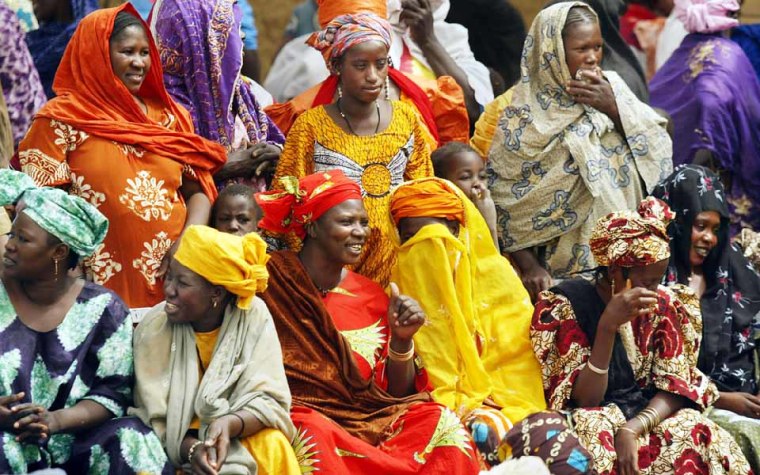Ignore the open sewers that bisect its streets. Endure the heat. Suffer the aggressive teenagers selling cheap T-shirts. This is Timbuktu.
Impossibly remote, symbol of the exotic, farther away than anything else. If the Earth really were flat, Timbuktu would be the lone city on the other side.
The nomads ride camels just like the storybooks say they do, and the mighty Sahara creeps in. Caravans still bring their slabs of salt across 300 miles of wasteland from the mines of Taoudenni in the north.
Explore its winding alleyways lined with mud huts, the wooden mosque doors decorated with metal crescents and stars, and traipse through the sand that fills its streets. Ponder Rennee Caillie, the Frenchman who became the first Westerner to get here and live to tell the tale, in 1828. The Tuareg (pronounced TWAH-reg) nomads gave his predecessor, a Scottish explorer named Gordon Laing, a spear to the chest when he tried to leave two years before.
Timbuktu was founded in the 11th century by the Tuareg, such tough guys that they've got an off-road vehicle by Volkswagen named after them. It was ruled over by the Malian, Songhay and Tukulor empires; sacked by the Moroccans in the 16th century; and was part of French West Africa, later French Sudan, and finally modern Mali.
It once attracted the world's greatest Islamic scholars with its dozens of universities, and gained renown in 1324 when the Malian emperor, Kankan Moussa, ruined the world market for gold by giving away so much of it during a trip to Mecca. Each of his 60,000-man entourage was carrying a bar.
So what if there isn't much to see these days besides a few mosques and a halfhearted attempt at a history museum whose attractions include a bowl of millet. So what that it was at least 120 degrees, and possibly higher (that's as high as my thermometer went).
So just what is the mystique of Timbuktu all about?
Much of it has to do with just being able to say you were there.
